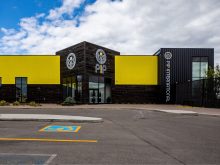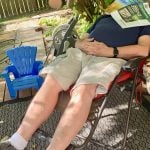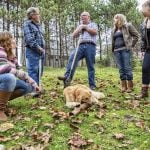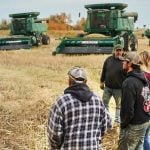MARSDEN, Sask. – It was a family decision that brought the Vanderloops from Holland to Alberta four years ago. And it was the kids again who confirmed for Frans and Helen Vanderloop that they should move their dairy to Saskatchewan.
Helen said that in the Netherlands they milked 50 cows and raised 300 hogs on 67 acres. But there was no space to expand.
Canada offered the opportunity for a bigger farm and all four children said yes when their parents asked them if they wanted to move.
Read Also
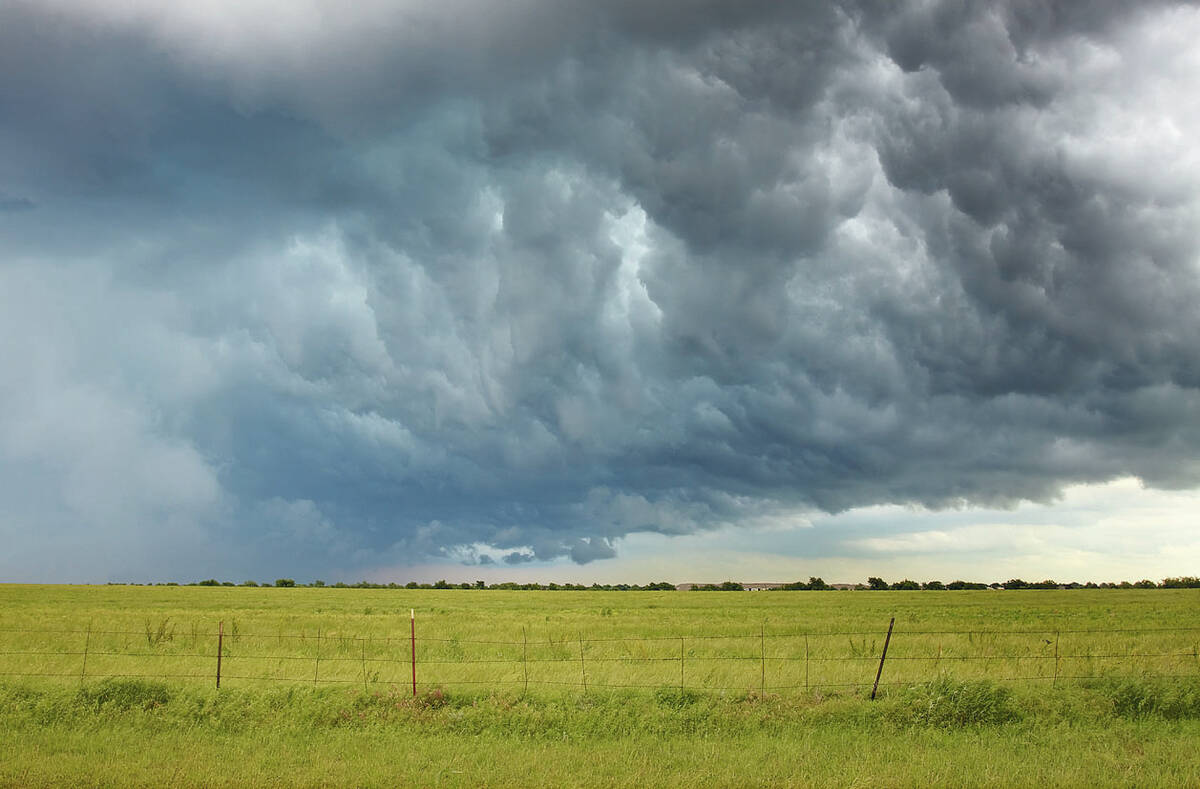
Claims filed in Alberta hailstorm aftermath
The numbers are still coming in for the cost of the damage caused by a huge hail storm that hit various areas of Alberta Aug. 20.
The Vanderloops settled on three quarters of irrigated land near Fort Macleod, Alta., milking 125 Holsteins and winning trophies for milk production. Then their sons Tim and Bart, who were 15 and 14 when they came to Alberta in 1997, decided they wanted to join the farming business.
“For us, it proved we’d done right,” said Helen of their decision to emigrate. But now, they needed space again to support a larger herd and more partners. Alberta land prices were too high so they looked into neighbouring Saskatchewan and found just what they needed – 4,000 acres near Marsden on what used to be a beef bull demonstration ranch.
With the whole family’s approval and the bank’s blessing, they set about converting the beef ranch into a dairy farm. First they built a $1.4 million barn that on one side houses the 130 cows freestall and on the other holds the milking parlour. They incorporated design ideas from 50 other barns they had looked at and have the latest in automated milking equipment, floor washing and manure dredging.
But they stuck to one tradition, painting the building a barn red that matches other buildings from the former beef station.
In Alberta they were able to keep the cattle outside, but decided to shelter their herd from western Saskatchewan’s colder winters, which the Vanderloops will encounter this year for the first time.
“I like it in Canada – the freedom and opportunities,” said Laura, the youngest Vanderloop, who in 1997 was 12 and knew no English.
The whole family speaks English now and all are optimistic. Frans and Helen are happy to have a dairy that makes room for the family and will allow them to take the occasional holiday. Tim and Bart, who have taken post-secondary training in cow-calf management and mechanics, see their futures on the farm. Daughter Millie is studying medicine at university and Laura plans a career off the farm, possibly as a paramedic.
Frans said their barn is built for expansion. Another 4,000 gallon stainless steel tank can be moved beside the present one, more cows can be housed and milked, and the manure pit they dug – Heifer Lake, the boys slyly call it – can hold the runoff from a herd triple the present size.
If world trade talks threaten the dairy quota system, Frans and his sons are ready to expand to 500 or 600 animals.
They rent out 1,000 acres of their land and participate in a beef-raising contract with a former employee of the demonstration ranch. They use artificial insemination to keep up with breed improvements and plan to develop that skill within the family. Oats and barley are custom farmed and turned into silage packed into earthen bunkers. Grain machinery costs are too high, say the Vanderloops, so they rely on the expertise of neighbours already set up for that.
Most of their neighbours are beef ranchers, although there is another dairy within 10 kilometres that makes the every-other-day milk pickup more economical.
Helen said they appreciate their neighbours, and in September welcomed 200 of them to an open house on Hefra Farms.
The Vanderloops have not had time to get involved in community organizations, “other than the Marsden café,” Tim joked.
The family is close-knit. Helen, who handles the record keeping on computer, gives credit for the farm’s success to hard work.
“These three guys, they spend hours in the barn.”
An example was May 28, 2001, moving day from Fort Macleod to Marsden.
“We started at 2:30 a.m. and came back in the house at 1 a.m,” Frans said.
In between they milked their herd twice and trucked them in three cattle liners to the new farm 600 km away.
“That first milking (in Marsden) took 31/2 hours and 10 people. The poor cows had never seen concrete.”
Now the 5:30 a.m. and 4 p.m. milkings take about 11/2 hours each and the cows come and go willingly, familiar with the routine. They stand or lie quietly in the freestall area, eating as much as they want. Frans said he heard a lecture from an American expert who said cows should eat all they want because “the last bite is where the money is.”
In the Netherlands, their cattle were smaller and produced less, Helen said, but the milk had more protein and butterfat, components for which Canada’s system recently began to pay more.
Frans said he starts with cows that can handle lots of roughage, promise longevity and have good legs and feet. His theory of dairy management is to make sure cows have a well-balanced ration, have lots to eat and are happy.
Tim said cleanliness is important to avoid mastitis. He said they built the barn for cow comfort. Their oldest cow is 121/2 years and is pregnant for the 11th time, but most are culled after four years and replaced with the herd’s own heifers.
The family easily points out 1021, their favourite cow, for its dog-like curiosity. They have few other animals in their care – two horses for Helen the rider, a dog and a pet donkey that wanders freely through the farmyard and chases coyotes.
The Vanderloops think they made a wise choice with the recent move.
“Land is almost for free compared to Europe and southern Alberta,” Frans said.
Added Helen: “Saskatchewan is the last frontier. Before, everyone moved out of Saskatchewan. I can see more people coming in to look. Then land prices will rise.”






